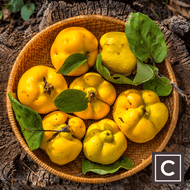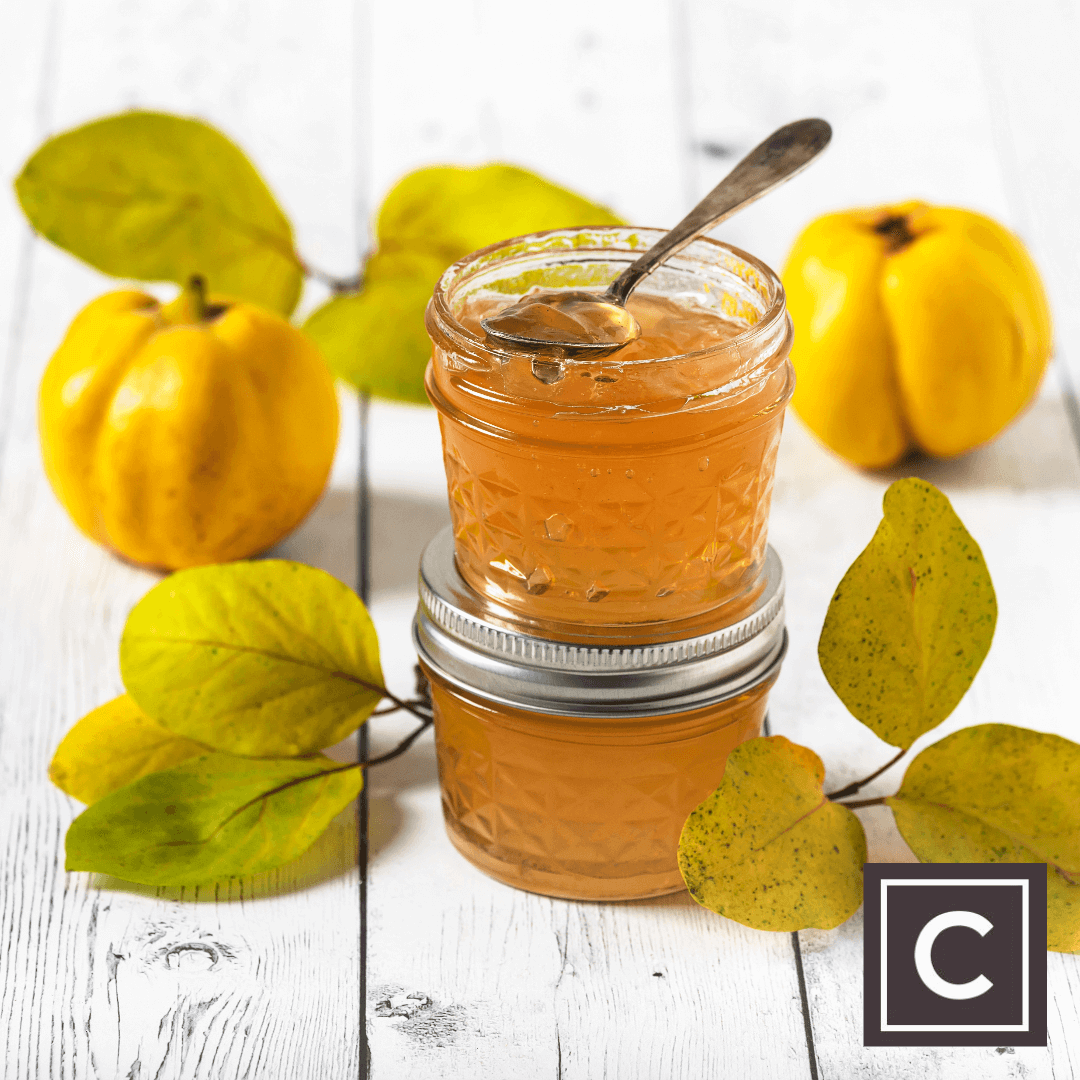Ingredient Glossary: Quince
Posted by Emily on 1st Dec 2019 Reading Time:
The dual forms of quince, resembling both apples and pears, provide an evident hint towards their closely related fruits. When mature, quinces emanate a strong fragrance and boast a sleek, golden-yellow exterior. However, their hard and bitter interior means they are predominantly used in cooking rather than consumed raw. When cooked, the flesh adopts a richer taste and transforms into a rosy gold hue.
They are rich in pectin, making them ideal for crafting jellies, jams, and preserves like the Spanish quince paste membrillo, often paired with cheese. They also work well in chutneys, pies, and tarts.
Availability
UK-grown quinces are seasonal from October to December, and cultivating your own tree at home is quite feasible.
Selecting the Best
Opt for firm fruits with unmarked skin. Steer clear of quinces exhibiting a downy skin, as this indicates they are not yet ripe.
Preparation
Rinse the fruit, then quarter it to remove the core. Afterwards, slice or dice as needed.
Storage
Quinces have a good shelf life at room temperature, lasting up to about a month.
Cooking Methods
Baking (50 minutes); poaching (10-15 minutes).
Alternatives
Pears make a suitable substitute.


